One of the main aims of the recent dairy conference jointly organised by the Irish Farmers Journal and the Ulster Farmers’ Union was to open the debate around milk pricing in NI. In particular, whether the industry here should consider moving to a payment system based on milk solids (A+B-C), given that over 80% of our milk is processed into products such as cheese, butter and milk powder.
The argument put for change is that a new system would send the correct signals to producers to focus their efforts on producing higher value milk, rather than just volume.
Irish system
The A+B-C payment model for milk was introduced in the Republic of Ireland from 2007 to 2009. By 2016, the year-on-year increase in fat and protein percentages seen since the mid-2000s means that milk processed last year was worth €151m more than 10 years ago (assuming a consistent base price of 30c/l).
As highlighted in the presentation by Teagasc researcher Dr Laurence Shalloo, if NI were to move to a new system the initial pot of money is the same, meaning that there will be winners and losers. But over time, by focusing on higher solids milk, it is about driving efficiencies in the industry and making the pot bigger for everyone.
During his presentation, Shalloo put forward a possible A+B-C payment model for NI, taking into account current systems used by Dale Farm, Lakeland and LacPatrick.
At a base price of 29p/l, he valued protein at £5.65/kg (A), butterfat at £3.25/kg (B) and lactose at £0.31/kg. Lactose is not currently included in the payment system operated in the Republic of Ireland, and it is highly debatable whether it should be included here. But, at present, over 50% of the NI milk pool still receives a lactose payment or penalty, so for completeness, Shalloo also put a value on it in his calculations.
The final element is the “minus C”, which is the processing cost of milk. In his model, Shalloo estimated this at 4p/l, which is probably a reasonably accurate figure, although it is slightly ahead of the cost applied by most co-ops in the Republic of Ireland (3.5c/l to 4c/l).
Comparison
To provide a comparison on milk price across the two payment systems, we have used the milk qualities (for fat, protein and lactose) as outlined in Table 1, and assumed a farmer is supplying one million litres annually (71,300 litres in September), at a base price of 30p/l this month.
To calculate a milk price under the current system, milk solids were standardised at a base level of 3.85% butterfat, 3.18% protein and 4.8% on lactose.
For butterfat, payments were calculated at 0.021p/l for every 0.01% change above or below base.
On protein, bonus payments were calculated at 0.036p/l for every 0.01% incremental change. For lactose, it was 0.002p/l on 0.01% increments.
A volume bonus of 0.3p/l was included, and a transport charge of 0.2p/l deducted from the final milk price. Transport was averaged across alternate-day collection charges for a one-million-litre supplier.

Milk value
As shown in Table 6, under the current pricing system, 71,300 litres of good-quality milk are worth £22,963 this September, average-quality milk is worth £22,149, with below average-quality milk worth £21,265.
To simplify this further, it breaks down to a milk price of 32.2p/l for good-quality, 31.07p/l for average-quality and 29.8p/l for below average-quality milk.
Solids payment
To compare against a milk solids payment, the values on butterfat and protein are those used by Laurence Shalloo during his presentation at the dairy conference, but adjusted slightly to reflect an increase in base price from 29p/l to 30p/l.
Therefore, the value of solids increases to:
£3.39/kg butterfat.£5.82/kg protein.Processing costs (-C element) are now assumed to be 4.1p/l.
Under this system, no volume bonus is applicable, nor is transport cost, as this is rolled into the processing cost.
Conversion
For good-quality milk, butterfat and protein are 4.31% and 3.5%, respectively.
This means there is 3,165kg of butterfat and 2,570kg of protein in the milk supplied during September, with butterfat worth £10,729, and protein valued at £14,957. The lactose element is worth just over £1,000.
Processing costs at 4.1p/l on 71,300 litres is a deduction of £2,923.
Therefore, adding together the value of solids, and deducting processing costs, gives a milk value of £23,846 for good-quality milk, £883 more than the price calculated using the current payment system.
For average-quality milk, the difference is reasonably small at £346, and for below -average quality, total receipts would be down £240 under a milk solids payment, and using our assumptions.
Analysis
It should be noted that the Shalloo model is just an example, and it is up to individual co-ops to put on value on the components of A+B-C as they see fit.
However, it must be emphasised that producers with high-yielding cows will not necessarily be worse off under an A+B-C payment system. The point made by various speakers at the recent conference was that other countries, including the Netherlands, pay on milk solids, and they have some of the highest-yielding Holstein cows in Europe.
Future
We intend printing this comparison in future milk leagues using the Shalloo model (with adjustments to reflect changes in the value of milk), if only to highlight what it could mean for producers.
For those interested in finding out more, all the presentations from the conference (including that of Laurence Shalloo) are available to view online.
One of the main aims of the recent dairy conference jointly organised by the Irish Farmers Journal and the Ulster Farmers’ Union was to open the debate around milk pricing in NI. In particular, whether the industry here should consider moving to a payment system based on milk solids (A+B-C), given that over 80% of our milk is processed into products such as cheese, butter and milk powder.
The argument put for change is that a new system would send the correct signals to producers to focus their efforts on producing higher value milk, rather than just volume.
Irish system
The A+B-C payment model for milk was introduced in the Republic of Ireland from 2007 to 2009. By 2016, the year-on-year increase in fat and protein percentages seen since the mid-2000s means that milk processed last year was worth €151m more than 10 years ago (assuming a consistent base price of 30c/l).
As highlighted in the presentation by Teagasc researcher Dr Laurence Shalloo, if NI were to move to a new system the initial pot of money is the same, meaning that there will be winners and losers. But over time, by focusing on higher solids milk, it is about driving efficiencies in the industry and making the pot bigger for everyone.
During his presentation, Shalloo put forward a possible A+B-C payment model for NI, taking into account current systems used by Dale Farm, Lakeland and LacPatrick.
At a base price of 29p/l, he valued protein at £5.65/kg (A), butterfat at £3.25/kg (B) and lactose at £0.31/kg. Lactose is not currently included in the payment system operated in the Republic of Ireland, and it is highly debatable whether it should be included here. But, at present, over 50% of the NI milk pool still receives a lactose payment or penalty, so for completeness, Shalloo also put a value on it in his calculations.
The final element is the “minus C”, which is the processing cost of milk. In his model, Shalloo estimated this at 4p/l, which is probably a reasonably accurate figure, although it is slightly ahead of the cost applied by most co-ops in the Republic of Ireland (3.5c/l to 4c/l).
Comparison
To provide a comparison on milk price across the two payment systems, we have used the milk qualities (for fat, protein and lactose) as outlined in Table 1, and assumed a farmer is supplying one million litres annually (71,300 litres in September), at a base price of 30p/l this month.
To calculate a milk price under the current system, milk solids were standardised at a base level of 3.85% butterfat, 3.18% protein and 4.8% on lactose.
For butterfat, payments were calculated at 0.021p/l for every 0.01% change above or below base.
On protein, bonus payments were calculated at 0.036p/l for every 0.01% incremental change. For lactose, it was 0.002p/l on 0.01% increments.
A volume bonus of 0.3p/l was included, and a transport charge of 0.2p/l deducted from the final milk price. Transport was averaged across alternate-day collection charges for a one-million-litre supplier.

Milk value
As shown in Table 6, under the current pricing system, 71,300 litres of good-quality milk are worth £22,963 this September, average-quality milk is worth £22,149, with below average-quality milk worth £21,265.
To simplify this further, it breaks down to a milk price of 32.2p/l for good-quality, 31.07p/l for average-quality and 29.8p/l for below average-quality milk.
Solids payment
To compare against a milk solids payment, the values on butterfat and protein are those used by Laurence Shalloo during his presentation at the dairy conference, but adjusted slightly to reflect an increase in base price from 29p/l to 30p/l.
Therefore, the value of solids increases to:
£3.39/kg butterfat.£5.82/kg protein.Processing costs (-C element) are now assumed to be 4.1p/l.
Under this system, no volume bonus is applicable, nor is transport cost, as this is rolled into the processing cost.
Conversion
For good-quality milk, butterfat and protein are 4.31% and 3.5%, respectively.
This means there is 3,165kg of butterfat and 2,570kg of protein in the milk supplied during September, with butterfat worth £10,729, and protein valued at £14,957. The lactose element is worth just over £1,000.
Processing costs at 4.1p/l on 71,300 litres is a deduction of £2,923.
Therefore, adding together the value of solids, and deducting processing costs, gives a milk value of £23,846 for good-quality milk, £883 more than the price calculated using the current payment system.
For average-quality milk, the difference is reasonably small at £346, and for below -average quality, total receipts would be down £240 under a milk solids payment, and using our assumptions.
Analysis
It should be noted that the Shalloo model is just an example, and it is up to individual co-ops to put on value on the components of A+B-C as they see fit.
However, it must be emphasised that producers with high-yielding cows will not necessarily be worse off under an A+B-C payment system. The point made by various speakers at the recent conference was that other countries, including the Netherlands, pay on milk solids, and they have some of the highest-yielding Holstein cows in Europe.
Future
We intend printing this comparison in future milk leagues using the Shalloo model (with adjustments to reflect changes in the value of milk), if only to highlight what it could mean for producers.
For those interested in finding out more, all the presentations from the conference (including that of Laurence Shalloo) are available to view online.






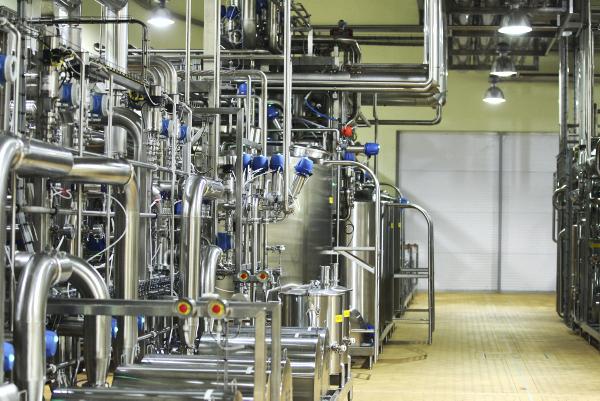
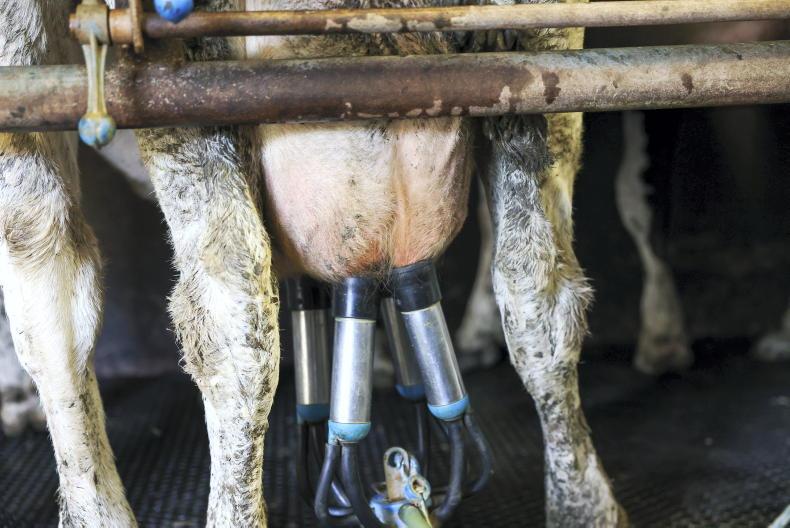

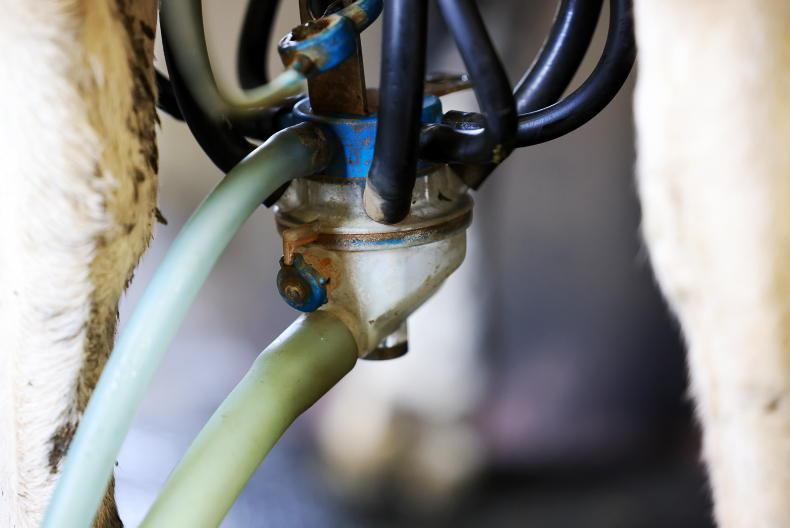
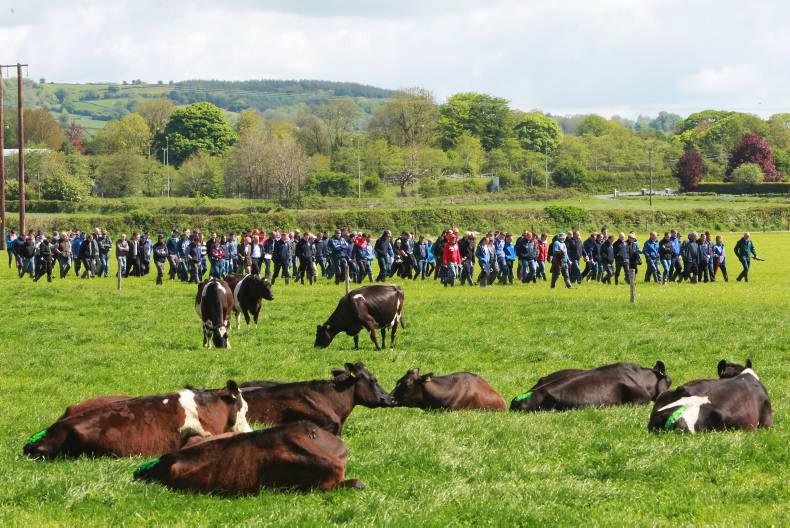
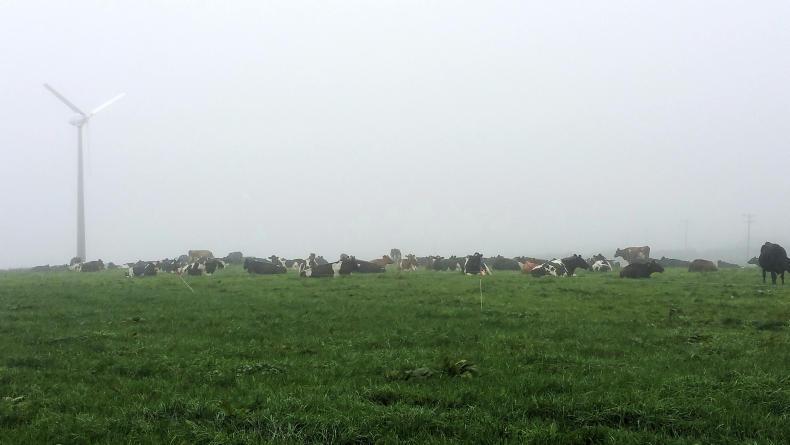
SHARING OPTIONS